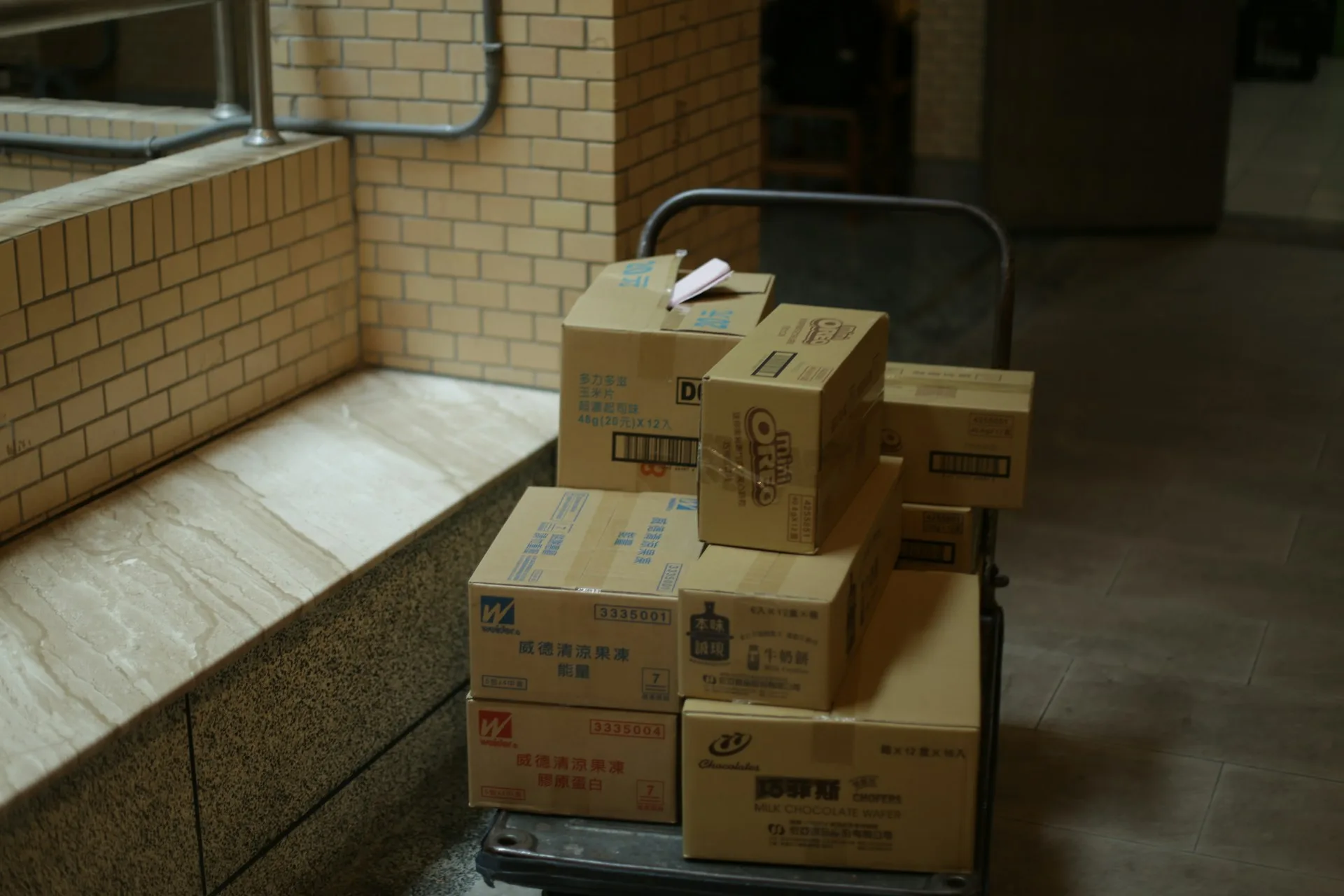Ukrainian charitable foundations are facing a serious problem: a significant part of their warehouses is filled with unusable humanitarian aid, writes Dzerkalo Tyzhnia. This includes broken, incomplete or obsolete medical equipment and other items that cannot be used for their intended purpose. Such “junk” not only takes up precious space, but also requires monthly storage fees, creating an additional financial burden for organisations.
Read also: Government updates rules for destruction of unusable humanitarian aid
Representatives of foundations say that some potential donors refuse to cooperate when asked to thoroughly check the condition of the aid and coordinate lists before sending it. Until 2014, such equipment was mainly sent to African countries. However, with the outbreak of a full-scale war in Ukraine, humanitarian supplies began to flow in uncontrolled streams. Due to the peculiarities of customs clearance, foundations often received “gifts” that they had not agreed on and were further responsible for their fate, even if they were unsuitable. This led to the accumulation of medical devices without the necessary spare parts, expired medicines or broken wheelchairs in warehouses.
The process of disposing of unusable equipment is expensive all over the world. In Ukraine, this procedure was extremely complicated due to the lack of clear legislative mechanisms. This forced beneficiaries to store the “junk” in warehouses for years to avoid legal problems. The situation began to change thanks to the initiative of the SVOI and WINGS OF HOPE charitable foundations. In May 2024, government regulations were amended to temporarily allow for the disposal of unusable goods during the period of martial law. However, the procedure remains complicated: it requires the creation of special commissions at the local and organisational levels, the approval of inventory reports and the involvement of specialised companies for disposal. All costs associated with the destruction of unusable aid are borne by recipients or donors. This creates a paradoxical situation where funds are spent on transporting, storing and then disposing of what could have been replaced with truly useful aid.
Read also: East SOS: Humanitarian Aid Isn’t Keeping People from Danger



